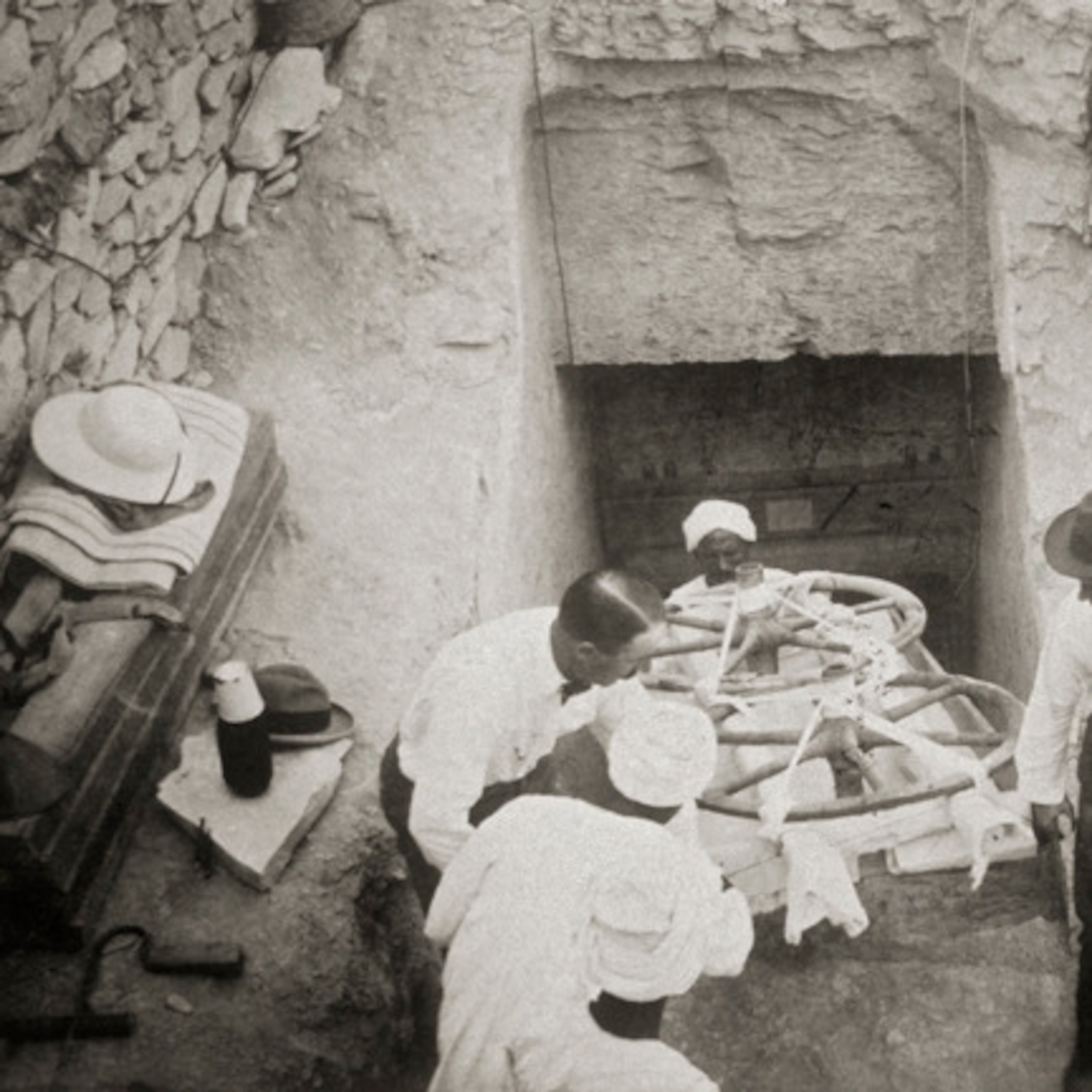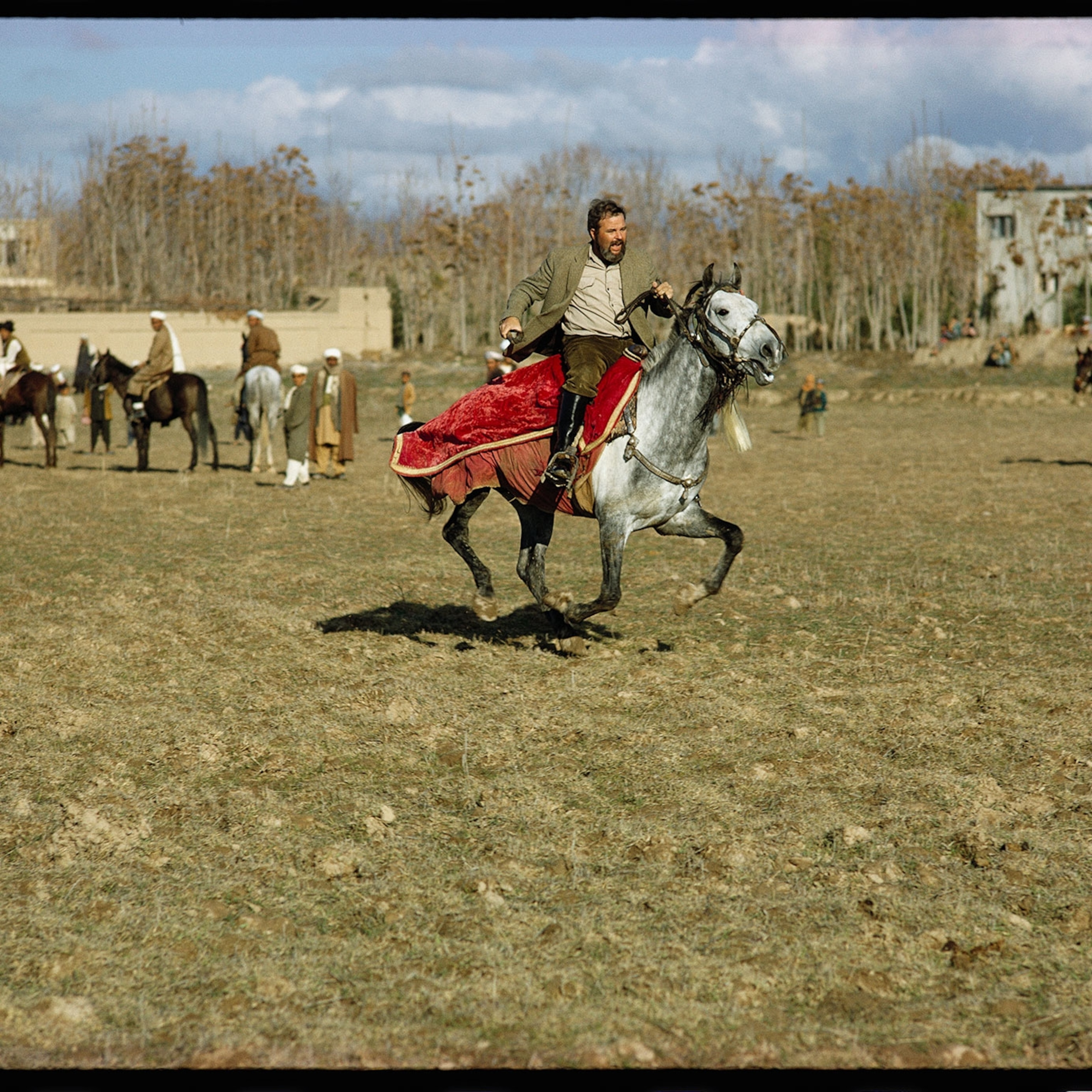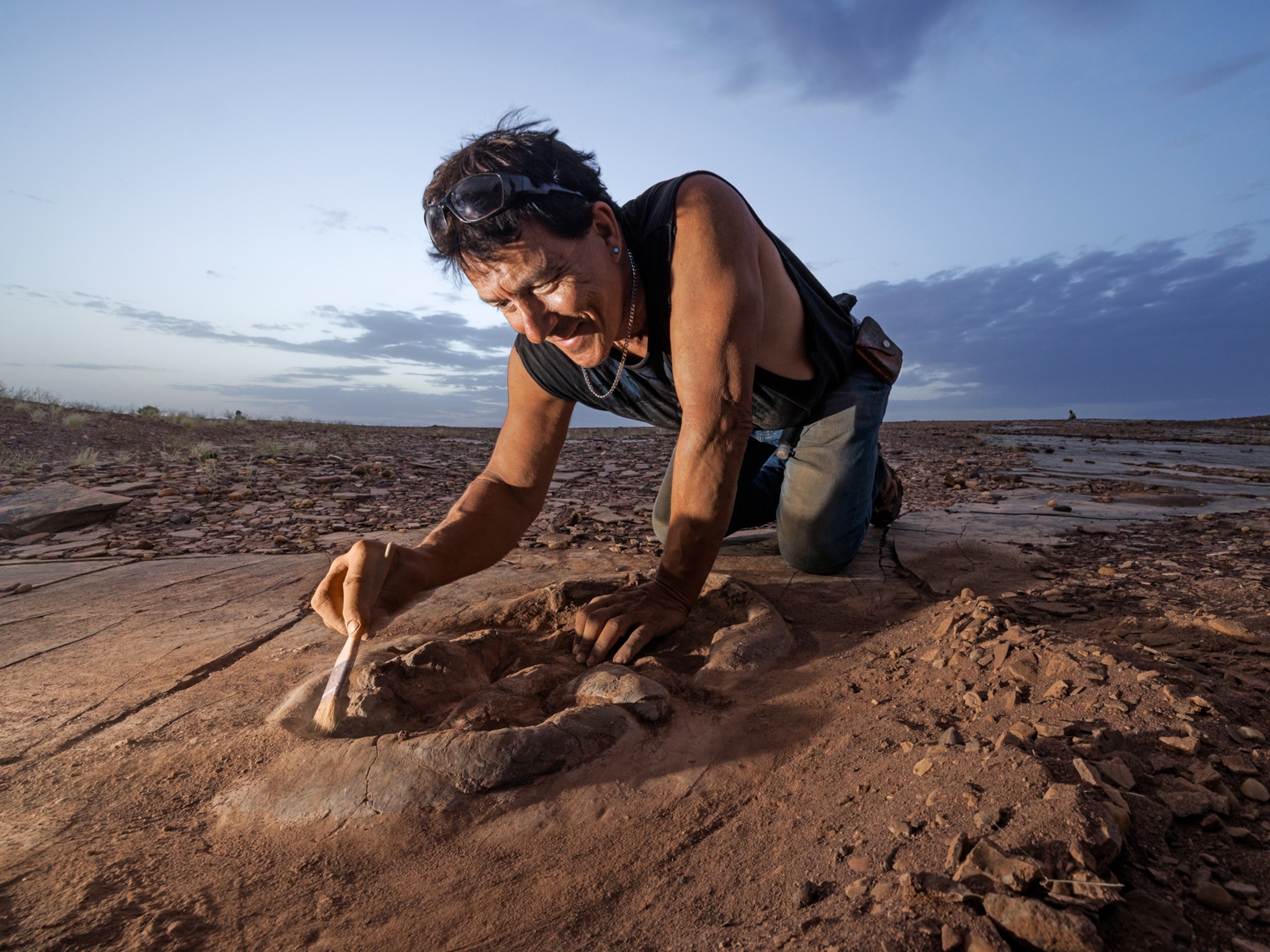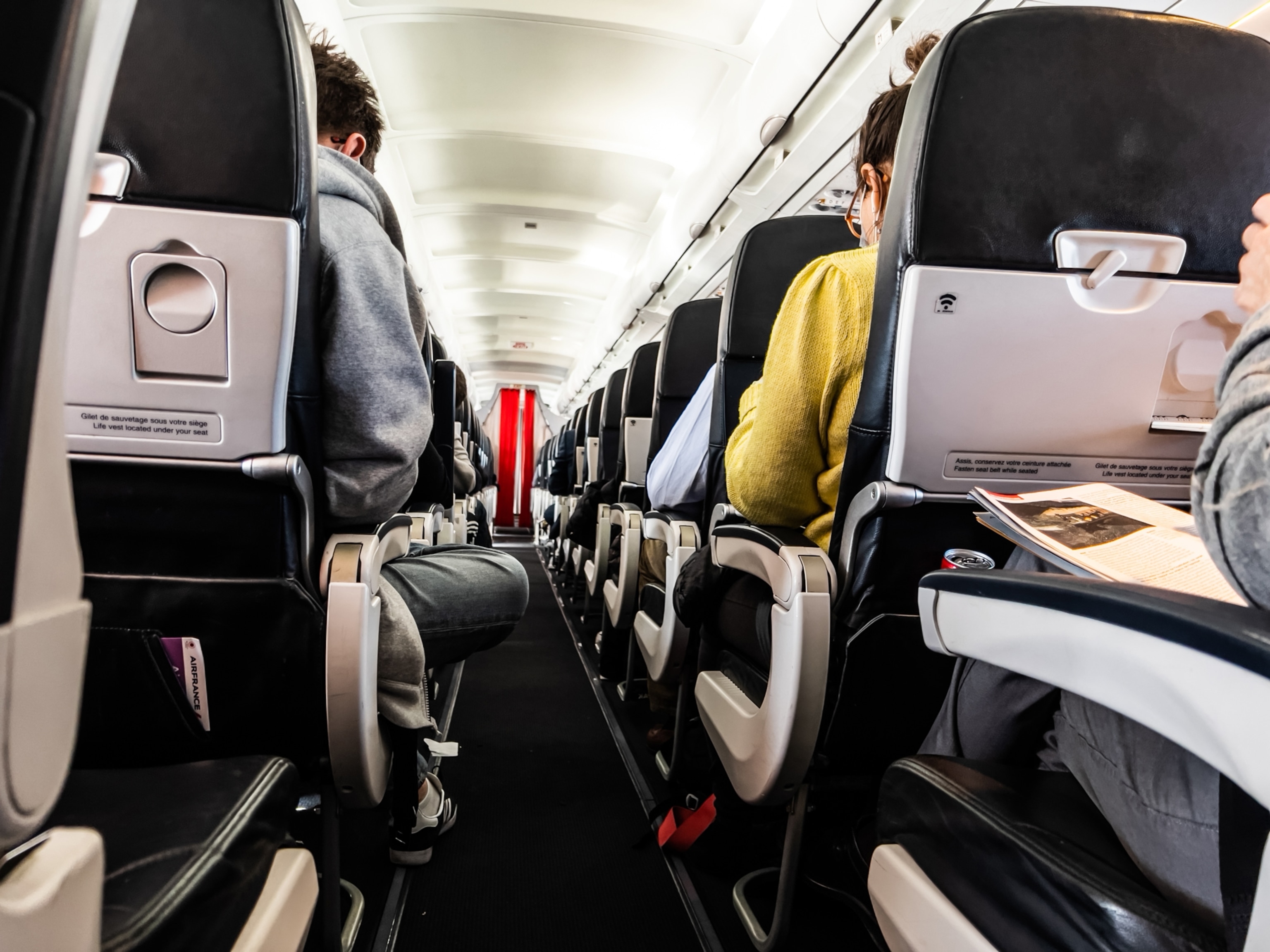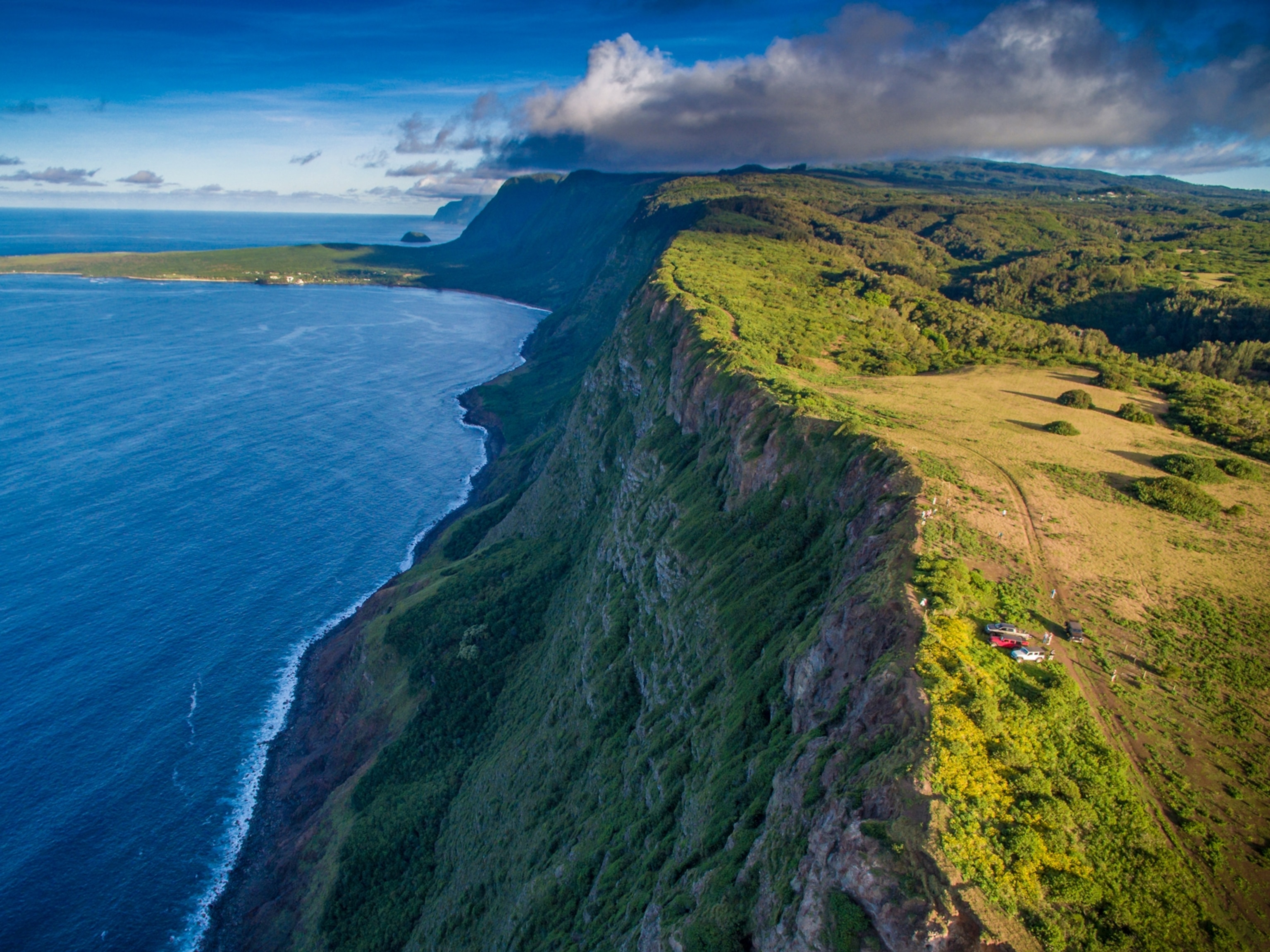
First Person: Riding Along on Nelson Mandela's First U.S. Tour
A South African journalist remembers life on the Mandela plane—and what it taught him about America.
Part of our First Person series, where we invite writers to share personal stories.
Twenty-three years ago, Nelson Mandela came to the United States for the first time. It was four months after he'd been released from a 27-year prison term in South Africa.
The visit was part of Mandela's 13-nation, six-week Freedom Tour celebrating and cementing his release from incarceration. He wanted to thank supporters, to raise money for the African National Congress (ANC), and to appeal to foreign governments to forgo relaxing sanctions on South Africa until the white minority government had been replaced by a multiracial democracy.
So many journalists applied for seats on Mandela's tour plane that the organizers rotated them, giving preference to hometown press for each leg of the trip. As a reporter for the Johannesburg Star, I was among a handful of journalists to fly on Mandela's plane for the whole American tour.
I joined the plane in New York in June 1990, and for 12 hectic days and eight cities I was inside the bubble with Mandela and his delegation.
It was a remarkable experience not so much for what it revealed about Mandela—who for the most part was surrounded by handlers who scripted almost every public part of his schedule—but for what it revealed about America, particularly black America, and the pageant of celebration around a true civil rights hero.
To the South African journalists traveling around the United States with him, it became apparent that Mandela, who'd been imprisoned for his efforts to overthrow a white apartheid government, was a symbol of hope and pride for African Americans, too.
Three dozen predominantly black American colleges and universities conferred honorary degrees on Mandela at a ceremony at Morehouse College in Atlanta, Georgia.
Nearly a quarter century later I still hear the stirring power of the church choirs in Atlanta and in Harlem and the music of Stevie Wonder at a Boston rally.
We popped in and out of giant rallies at places like Yankee Stadium, crowded meetings in schools and churches, and, on the Detroit stop, a motor vehicle assembly line where both Mandela and his then-wife Winnie were made lifetime members of the auto workers union.
I was born seven years after apartheid was formally instituted in South Africa. Racial segregation was the ordinary way of life. But because of my family and private Catholic school education I was raised to be aware of the injustice of apartheid and how deeply shameful our society was in the way it favored whites over blacks.
Of course I was also aware of the legacy of slavery and the long history of injustice against blacks in America.
But it was only when I lived in America that I started to more fully understand just how pervasive that injustice had been, and how it continued to disadvantage black American communities through poverty and inadequate opportunities to catch up with the more affluent white communities.
Traveling with Mandela and seeing the reaction to him made me appreciate just how much black Americans had endured. I understood why they were so proud of him.
For Americans of all races, meanwhile, the Mandela visit was a celebration of triumph of right over wrong and an opportunity to see a giant of history. "No foreigner since Winston Churchill has so seized the imagination of the American people so boldly," wrote Professor Robert Rotberg, then president of Pennsylvania's Lafayette College, in a 1990 commentary about the Mandela Freedom Tour published by the South African Institute of International Affairs.
Rotberg was one of several political scientists invited by the Institute to assess the impact of Mandela's U.S. tour and the relationship between South Africa and the United States at that time.
So much of that tour was enveloped in hoopla that we coined the term Mandelamania to describe the phenomenon.
Celebrities, from politicians to Hollywood stars, lined up to meet and be photographed with Mandela. Inside the Mandelamania, I got to see then-President George H. W. Bush, Jacqueline Kennedy Onassis, and then-New York Mayor David Dinkins at close quarters.
Money rolled in through donations, with the biggest donors granted special access to Mandela, similar to access granted to candidates during American presidential campaigns. Ordinary Americans bought concert tickets and memorabilia of every kind. Some of it still shows up on eBay. I think I still have a T-shirt or two.
Mandela returned to South Africa at the end of his international Freedom Tour an exhausted but happy man, having thanked the world for its support, received assurances that sanctions would stay in place until a democratic government had been elected, and raised millions for his political party.
He came back to South Africa with a stronger hand to demand concessions from the white government. After intensive bargaining, and moments of great tension when political violence threatened to derail talks and tip South Africa into a civil war, the majority of the parties ranged behind an interim constitution with no special privileges or protections for race groups, but rather strong rights for individuals.
By a majority of three to two, white South Africans voted in a referendum to accept the draft constitution for a new democratic South Africa, the death knell for apartheid. A few years later, in 1994, Mandela returned to the United States. This time, it was an official state visit for the first South African President elected by the newly democratic country.
Editor's Note: David Braun is Senior Digital Editor at National Geographic.

